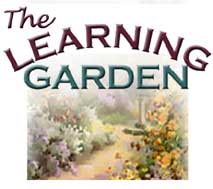
From Seed to Seed:
Plant Science for K-8 Educators
 |
From Seed to Seed: |
|
|
Plant versus animal cells Students will think it is pretty easy to distinguish plants from animals, and in most cases it is. Things get a little shaky when we start trying to classify bacteria, viruses, single-celled marine organisms, etc. But if we stick to the basics we can make some generalizations.Three characteristic structures distinguish plant cells from animal cells:
Would you like to know more?
|
||||
|
Made possible by a grant from Oracle Corp. Copyright 2001, National Gardening
Association, Inc. For questions regarding this web site, contact Webmaster |